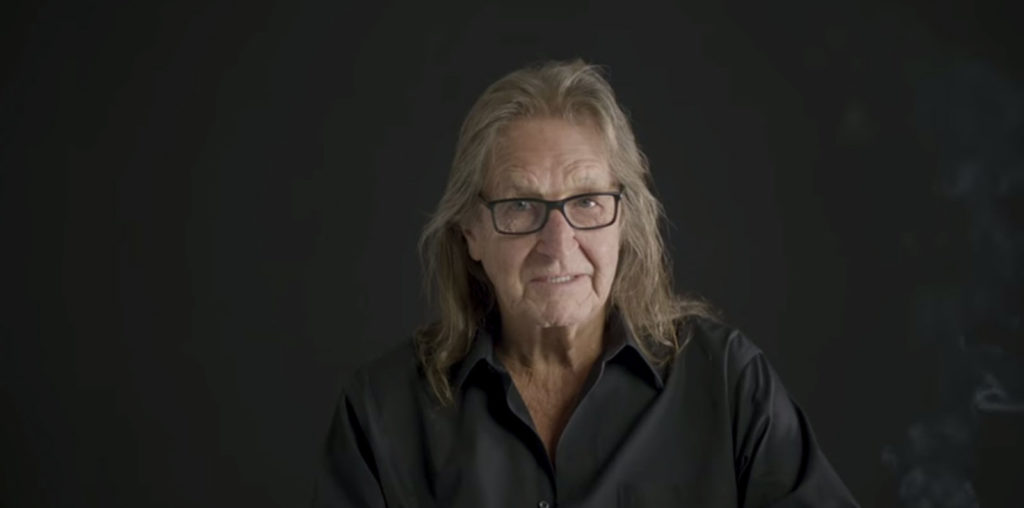
Some long-term relationships seem perfectly stable until the end, when they suddenly aren’t anymore, and others are tumultuous from the get-go. Ira Sachs’ mostly autobiographical film, “Keep the Lights On,” chronicles the nine-year span of a gay New York-based documentary filmmaker and his challenging, but unwavering, commitment to a crack-addicted lawyer. The catharsis oozes off the screen in this unflinching, but affectionate, portrait of a man and his junkie.
Sachs’ proxy is Erik (Thure Lindhardt), a struggling Danish filmmaker. His passion project is a documentary about underground queer artist Avery Willard, who produced erotic queer images from the 1940s through the ‘70s. While he struggles through production, he whiles away his nights on a phone sex line, which often leads to casual encounters. (This is how they did it before Craigslist, kids.) One such encounter leads to love when he meets Paul (Zachary Booth).
At first, Paul tells him not to get his hopes up, because he has a girlfriend. But their attraction is undeniable, and soon the girlfriend is a non-issue. Early on, Paul introduces Erik to the joys of recreational crack. It’s not long before it becomes more than just a hobby for Paul.
Every so often, the narrative jumps forward in time, as Paul disappears on benders. If Erik isn’t busy doing filmmaker stuff, he makes time with prostitutes to help keep his mind off of his absent boyfriend. Through it all, Erik’s devotion to Paul is unwavering. There are interventions and ultimatums, splits and reunions, but the two always end up back together. It’s not exactly an abusive relationship – Erik can take care of himself. But his heart belongs to a man whose devotions are equally split between his boyfriend and crack pipe.
The film is shot on super 16, which lends the images simultaneous warmth and isolating frigidity, mirroring a relationship whose temperature is constantly in flux. Sachs does an excellent job establishing a time and place without the need for telltale skylines or period-specific props. Many of the scenes were shot in the exact same spots that the real-life version of events occurred. Even without this knowledge, the candor is unmistakable. These conversations and scenarios are too painful to be fiction.
At one point, Erik finds Paul on a bender in a filthy loft and refuses to leave without him. Erik holds Paul’s hand as the man he loves has cracked-out sex with a prostitute. He knows he can’t make Paul stop his destructive behavior, but he can’t bear to leave him to it. It’s a powerful scene that also serves as shorthand for their entire relationship. Even if they can’t be together the way Erik wants, he can’t let Paul fall all the way into the abyss. It’s more painful for him to let go than to stay with a man who refuses to stop hurting both of them. This is the stuff of 18th century poetry. It’s literally Romantic.
“Keep the Lights On” is heavy stuff indeed – the antithesis of “The Notebook.” It’s bona fide, messy, heart-wrenching pain. Sachs clearly went to a lot of trouble to tell this story, essentially emptying his soul into the film. The least you can do is listen.
